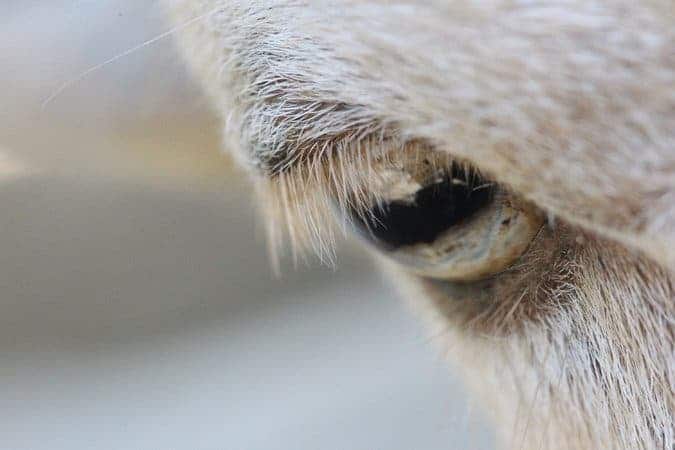
Humans have been fascinated by eyelashes for centuries, with long and luxuriant eyelashes being in fashion since the days of ancient Egypt. Now, researchers have found how eyelashes actually work, what their functions are, and revealed that longer is not necessarily better.
David Hu at the Georgia Institute of Technology decided to investigate eyelashes after seeing his newborn daughter use hers just three days after she was born. He and his team measured the length and characteristics of several different mammals, and then constructed an artificial eye with artificial lashes, put it in a wind tunnel and blew air at it. They also created mathematical windflow models.

Most mammals have eyelashes, so they made for an excellent case study. The researchers found that they almost always cover about one-third as long as the eye is wide, which, as the mathematical models confirmed, is the ideal length for diverting airflow around the eye and reducing evaporation. In other words, eye lashes have evolved to exactly the ideal length they should have – it’s biomechanics at its finest.
Steven Vogel, a professor emeritus at Duke, who studies similar problems in biomechanics, said the research was “terrific.” Now, he said, “we know why eyelashes are the length they are.” So longer eyelashes, while may look prettier, are actually not as efficient in protecting the eye. Frank Fish, a biologist at West Chester University who studies biomechanics praised the study:
“What I like is that they have a number of approaches to help validate the ideas,” he said.






